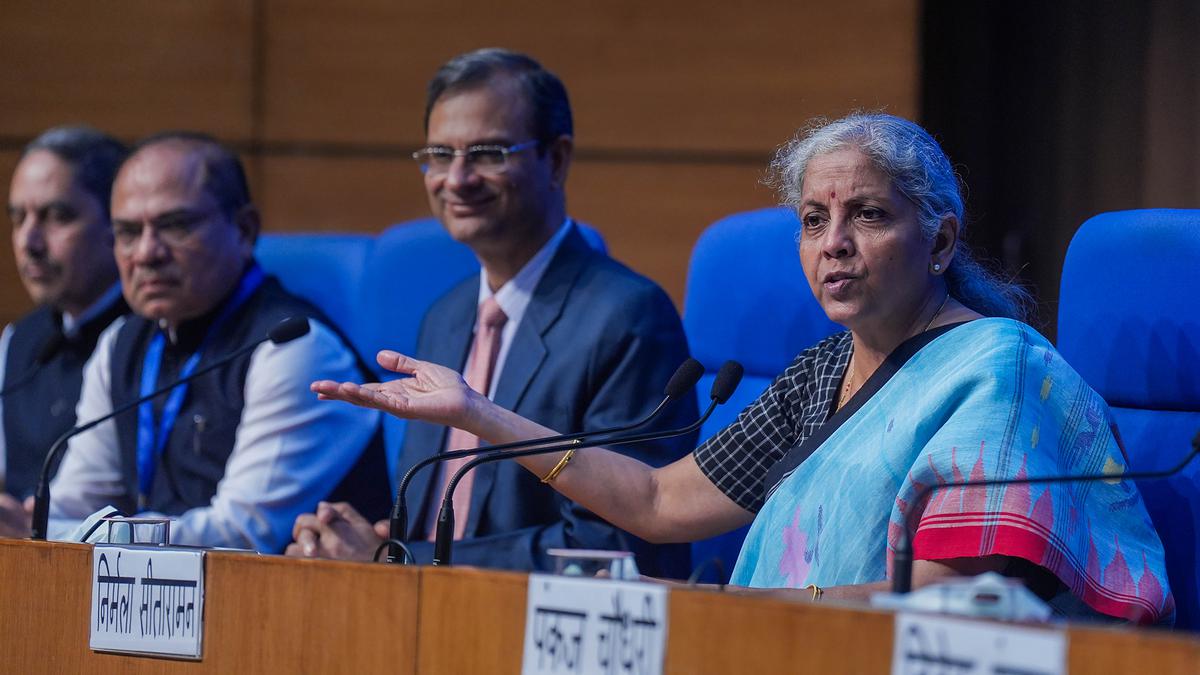
GST rates’ rationalisation back on the table
The Hindu
In a clear signal that the GST rate rationalisation exercise is back on the Centre’s agenda after being in deep freeze, the government has reconstituted the ministerial group of the GST Council that was tasked with recommending the simplification of the complex tax structure and a rejig of its multiple rates.
In a clear signal that the GST rate rationalisation exercise is back on the Centre’s agenda after being in deep freeze, the government has reconstituted the ministerial group of the GST Council that was tasked with recommending the simplification of the complex tax structure and a rejig of its multiple rates.
The group of ministers (GoM) on GST rate rationalisation, that was headed by former Karnataka CM Basavaraj Bommai since its formation in 2021, had been in suspended animation since the BJP’s loss in the State’s assembly polls this May. Top revenue officials had indicated in early 2023 that the GST rates’ rejig and simplification, long-awaited by the industry, was off the table for a while.
Karnataka’s revenue minister Krishna Byre Gowda has been included in the reconstituted ministerial group, but the convenor’s role for the seven-member GoM has now been assigned to Uttar Pradesh Finance Minister Suresh Kumar Khanna.
While there are four main GST rate slabs of 5%, 12%, 18% and 28%, there are about a dozen different rates in practice, while some goods attract a zero rate. This is further complicated as some items whose tax rates depend on their packaging, like specified food products, or selling prices, for instance, in the case of footwear and hotel rooms.
Tax experts and industry captains have been urging the government to restart the stalled rate rationalisation plan, especially as GST revenues have stabilised at a healthy ₹1.6 lakh crore-plus level in recent months.
“I think the ministerial group’s reconstitution indicates that the GST rate restructuring and simplification agenda are back on policy makers’ radar. Too many tax rates lead to tremendous compliance-related problems,” said Sacchidananda Mukherjee, professor at the National Institute of Public Finance and Policy.
“The government also understands the need to simplify the rate structure so that price-based tax setting goes away and the multiple rates are reduced for ease of tax compliance for industry as well as the Revenue Department, while giving investors more certainty,” he averred.

Adani Krishnapatnam Port handles 5.85 MMT of cargo in June, sets record for second consecutive month
Adani Krishnapatnam Port achieves record-breaking cargo volume, cements position as leading logistics hub on India's eastern coast.

 Run 3 Space | Play Space Running Game
Run 3 Space | Play Space Running Game Traffic Jam 3D | Online Racing Game
Traffic Jam 3D | Online Racing Game Duck Hunt | Play Old Classic Game
Duck Hunt | Play Old Classic Game










